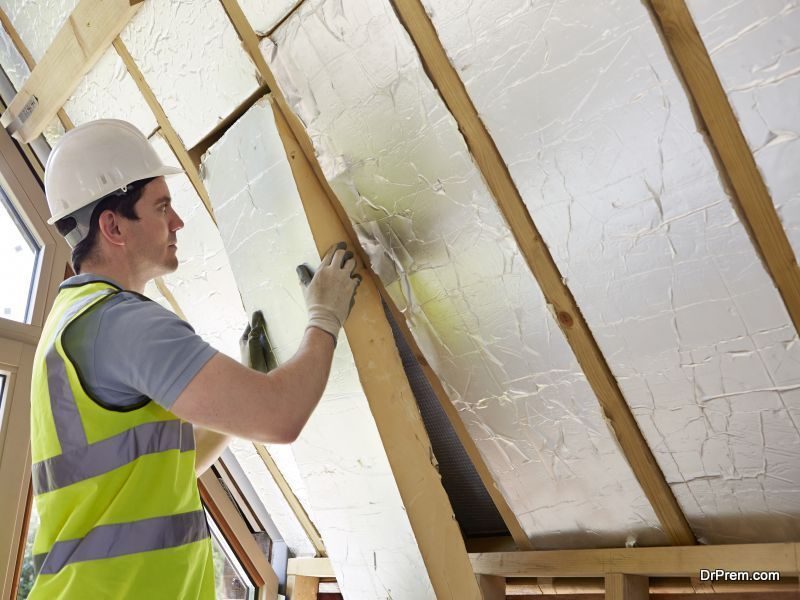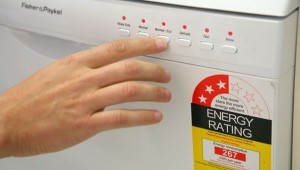Sustainable home improvements are key to reducing utility bills and minimizing environmental impact. Simple upgrades, like enhancing insulation or upgrading to energy-efficient appliances, can significantly boost your home’s energy efficiency.
In a place like Asheville, where the climate varies, these improvements can be particularly beneficial. This guide explores practical ways to make your home more energy-efficient and cost-effective.

1. Install Energy-Efficient Windows
One of the most impactful changes you can make to your home is installing energy-efficient windows. These windows are designed to prevent heat from escaping during the winter and keep your home cool during the summer. Traditional windows can be a significant source of energy loss, leading to higher heating and cooling costs.
Energy-efficient windows typically feature multiple panes of glass, low-emissivity (Low-E) coatings, and insulating gas fills between the panes. These features work together to reduce heat transfer, helping maintain a consistent indoor temperature year-round. By upgrading to energy-efficient windows, you can reduce your reliance on heating and cooling systems, leading to lower utility bills and a more comfortable home environment.
2. Replace Old Windows

If your home’s windows are outdated, drafty, or showing signs of wear, replacing them can make a significant difference in energy efficiency. This is especially true if you live in Asheville, where seasonal temperature fluctuations can cause your heating and cooling costs to rise. Asheville window replacement experts can help you select and install new windows that provide better insulation and reduce energy loss.
New windows can eliminate drafts, prevent air leaks, and improve the overall insulation of your home. This means your HVAC system won’t have to work as hard to maintain a comfortable indoor temperature, resulting in lower energy consumption and reduced utility bills. Additionally, replacing your windows can enhance the aesthetic appeal of your home, increasing its value and curb appeal.
3. Upgrade to a Smart Thermostat
A smart thermostat is another sustainable home improvement that can help you lower your utility bills. Unlike traditional thermostats, smart thermostats allow you to program and control your home’s temperature remotely via a smartphone app. This means you can adjust the heating and cooling settings even when you’re not at home, ensuring your HVAC system operates efficiently.
Smart thermostats also learn your schedule and preferences over time, automatically adjusting the temperature to optimize energy use. For example, they can lower the temperature when you’re asleep or away from home and raise it when you’re awake and active. This level of automation can lead to significant energy savings, as your heating and cooling systems only run when necessary. By upgrading to a smart thermostat, you can take control of your home’s energy consumption and reduce your utility bills.
4. Insulate Your Home Properly

Proper insulation is essential for maintaining a consistent indoor temperature and reducing energy consumption. Without adequate insulation, your home can lose heat in the winter and gain heat in the summer, forcing your HVAC system to work harder to keep your home comfortable. This not only increases energy usage but also leads to higher utility bills.
Insulating your home’s walls, attic, and basement can make a significant difference in energy efficiency. Start by checking the insulation levels in these areas and adding more insulation if needed. Materials like fiberglass, cellulose, and spray foam are commonly used for insulation and can be installed by professionals or as a DIY project. Proper insulation helps create a thermal barrier, preventing heat transfer and keeping your home comfortable year-round.
5. Install Solar Panels
Solar panels are one of the most effective sustainable home improvements you can make. By harnessing the power of the sun, solar panels generate clean, renewable energy that can significantly reduce your reliance on traditional energy sources. Although the initial investment in solar panels can be substantial, the long-term savings on utility bills can be considerable.
In addition to reducing your energy bills, installing solar panels may qualify you for tax incentives and rebates, further offsetting the cost. Over time, solar panels can pay for themselves through the savings they generate. They also increase the value of your home, making it more attractive to potential buyers. By choosing solar energy, you’re not only lowering your utility bills but also contributing to a more sustainable future.
6. Use Energy-Efficient Lighting
Lighting accounts for a significant portion of a home’s energy consumption, and switching to energy-efficient lighting is a simple yet effective way to reduce your utility bills. Traditional incandescent bulbs use a lot of energy and have a short lifespan, making them less efficient and more costly over time. By switching to LED (Light Emitting Diode) or CFL (Compact Fluorescent Lamp) bulbs, you can cut your lighting energy use by up to 80%.
LED bulbs, in particular, are known for their long lifespan and low energy consumption. They are available in various color temperatures and brightness levels, allowing you to create the perfect ambiance in your home while saving energy. Additionally, these bulbs produce less heat, reducing the cooling load on your HVAC system during the warmer months. By switching to energy-efficient lighting, you can enjoy lower electricity bills and a more sustainable home.
7. Upgrade to Energy-Efficient Appliances

Upgrading to energy-efficient appliances is another significant step towards reducing your home’s energy consumption. Older appliances, such as refrigerators, dishwashers, and washing machines, tend to use more energy than newer models. Energy-efficient appliances, often labeled with the ENERGY STAR certification, are designed to use less energy and water while still performing effectively.
For example, an energy-efficient refrigerator uses advanced insulation and compressors to maintain optimal cooling with minimal energy use. Similarly, modern washing machines and dishwashers are designed to use less water and electricity, helping you save on both your water and energy bills. While the initial cost of energy-efficient appliances may be higher, the savings on your utility bills over time can make the investment worthwhile.
In conclusion, investing in sustainable home improvements not only helps reduce your utility bills but also contributes to a healthier environment. By making thoughtful choices and prioritizing energy efficiency, you can create a home that is both comfortable and environmentally responsible, benefiting both your household and the planet in the long run.
Article by Community Writer.




